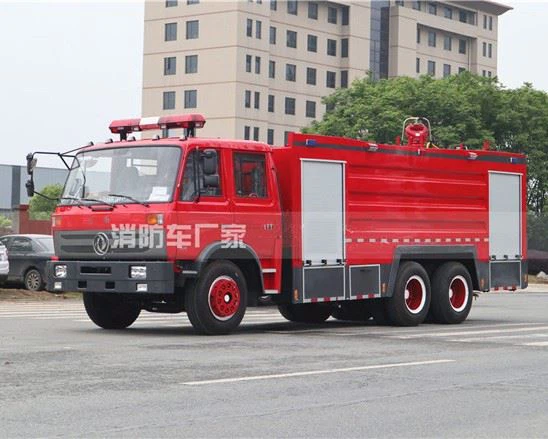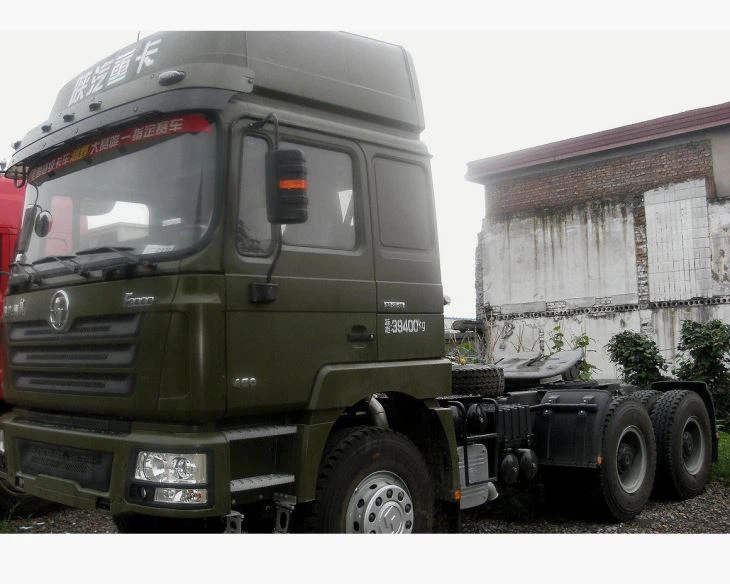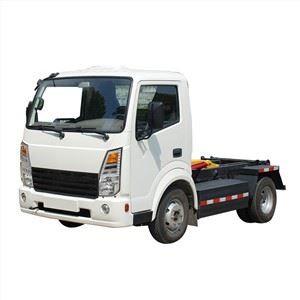Tow Truck with Crane: The Ultimate Guide to Towing and Recovery

When it comes to towing heavy vehicles or conducting recovery operations, a tow truck with crane capabilities is an invaluable asset. These versatile machines combine the functionalities of traditional tow trucks and cranes, allowing for efficient handling of a variety of situations. Whether you’re towing a disabled vehicle or lifting heavy loads from tricky locations, understanding how a tow truck with crane operates can make all the difference. This article provides an in-depth look at tow trucks with cranes, their uses, features, and key considerations for operators and businesses alike.
What is a Tow Truck with Crane?
A tow truck with crane features a traditional towing mechanism complemented by a crane arm. This unique combination enables operators to tackle complex towing and lifting jobs that standard tow trucks simply cannot manage. The crane adds versatility, making it easier to lift and maneuver large vehicles and heavy objects.
Components of a Tow Truck with Crane
Understanding the components of a tow truck with crane can help highlight its capabilities:
- Towing Mechanism: Typically includes a winch and hooks to secure vehicles.
- Crane Arm: A hydraulic extendable arm used for lifting and positioning loads.
- Stabilizers: Used to ensure stability while lifting heavy objects.
- Chassis: A strong base that provides support and houses all truck components.
- Control System: An operator-friendly interface to control lifting and towing operations.
Types of Tow Trucks with Crane
There are several types of tow trucks with cranes designed for specific jobs:

- Light-Duty Tow Trucks: Ideal for towing smaller vehicles and minor lifts.
- Medium-Duty Tow Trucks: Suitable for mid-sized vehicles and equipment recovery.
- Heavy-Duty Tow Trucks: Designed for large vehicles, including buses and trucks, and can handle significant weights.
Key Features of a Tow Truck with Crane
Several features distinguish a tow truck with crane from traditional towing equipment:
1. Lifting Capacity
The lifting capacity of a tow truck with crane significantly impacts its effectiveness. Most models range from 5,000 to 30,000 pounds, but heavy-duty models can lift even more.
2. Reach and Maneuverability
Crane arms extend and swivel, making it easier to access hard-to-reach locations. This maneuverability is essential in tight urban settings or off-road scenarios.
3. Versatile Towing Options
Operators can engage multiple towing options, including flatbed towing, wheel-lift towing, and more, depending on the needs of the job.
Applications of Tow Trucks with Crane
Tow trucks with cranes are utilized across various industries, showcasing their versatility:
1. Automotive Recovery
Often used for recovering vehicles that have gone off the road or are in difficult positions.
2. Construction Sites
Effective for lifting heavy construction materials and equipment to different elevations.
3. Shipping and Logistics
Essential for moving heavy cargo and containers, especially in ports and warehouses.
4. Emergency Services
Used by police and fire departments for accident recovery and lifting heavy debris.
How to Choose a Tow Truck with Crane
Selecting the right tow truck with crane involves several considerations:
1. Weight Capacity
Evaluate the maximum weight you expect to lift or tow regularly.
2. Boom Reach
Consider the distance the crane arm can extend to ensure it fits your operational needs.
3. Versatility
Look for a model that can efficiently handle various towing and lifting scenarios.
4. Build Quality and Durability
A robust design will withstand heavy use and harsh conditions.
5. Compliance and Safety Features
Ensure that the truck meets local regulations and comes equipped with safety systems, such as overload protection and stabilizers.

Operating a Tow Truck with Crane
Operating a tow truck with crane requires skill and knowledge. Here are key tips for safe and effective operation:
1. Training and Certification
Operators should undergo proper training and obtain certifications on crane operation and safety regulations.
2. Pre-Operation Checks
Always perform thorough inspections before operating the equipment, checking for fluid levels, boom integrity, and safety systems.
3. Load Management
Understand the load limits and ensure proper weight distribution to prevent accidents.
4. Communication
Maintain clear communication with any ground crew involved to ensure safety during operations.
Maintenance Tips for Tow Trucks with Crane
Regular maintenance is essential for the longevity and reliability of tow trucks with cranes:
1. Regular Inspections
Conduct routine checks to identify wear and tear on critical components.
2. Lubrication
Keep moving parts well-lubricated to ensure smooth operation and reduce friction.
3. Hydraulic System Care
Monitor and maintain hydraulic fluid levels to prevent system failure.
4. Cleaning
Keep the truck clean and free from debris to prevent performance issues and maintain a professional appearance.
Cost Considerations

The cost of a tow truck with crane can vary significantly based on various factors:
1. Brand and Model
More established brands often come with a higher price tag due to reliability and build quality.
2. Features and Capabilities
Additional features, such as enhanced lifting capacity or advanced controls, can add to the cost.
3. New vs. Used
While new models offer the latest technology, used trucks can provide substantial savings if properly maintained.
4. Maintenance and Operating Costs
Factor in ongoing maintenance and operational costs when budgeting for your tow truck with crane.
Tow Truck with Crane: Legal Considerations
When operating a tow truck with crane, it is crucial to be aware of legal requirements:
1. Licensing Requirements
Ensure all operators hold the necessary licenses to operate heavy machinery and tow trucks.
2. Insurance
Proper insurance coverage is essential for liability protection and asset security.
3. Permits for Large Loads
Certain jurisdictions require permits for transporting oversized or heavy loads.
Comparing Tow Trucks with Crane to Other Towing Solutions
Understanding how tow trucks with cranes compare to other options can help you choose the right vehicle:
| Feature | Tow Truck with Crane | Traditional Tow Truck | Flatbed Truck |
|---|---|---|---|
| Lifting Capacity | High | Moderate | Low |
| Versatility | High | Moderate | Low |
| Complex Jobs | Ideal | Limited | Limited |
| Cost | Higher | Moderate | Lower |
FAQ Section
1. What is the average cost of a tow truck with crane?
The average cost can range from $50,000 to over $150,000, depending on the model and features.
2. What kind of training do operators need?
Operators should undergo training in crane operation, safety procedures, and proper towing techniques.
3. Can a tow truck with crane lift more than it can tow?
Yes, tow trucks with cranes often have higher lifting capacities than towing capacities, making them suitable for diverse tasks.
4. Are there certain maintenance practices unique to tow trucks with cranes?
Yes, operators must regularly check hydraulic systems, boom integrity, and general wear-and-tear on components specific to crane operation.
5. What industries commonly use tow trucks with cranes?
Many industries including automotive recovery, construction, shipping, and emergency services rely on tow trucks with cranes.
6. How often should maintenance be performed?
Regular maintenance checks should be performed monthly, with more detailed inspections biennially or annually, depending on usage.
